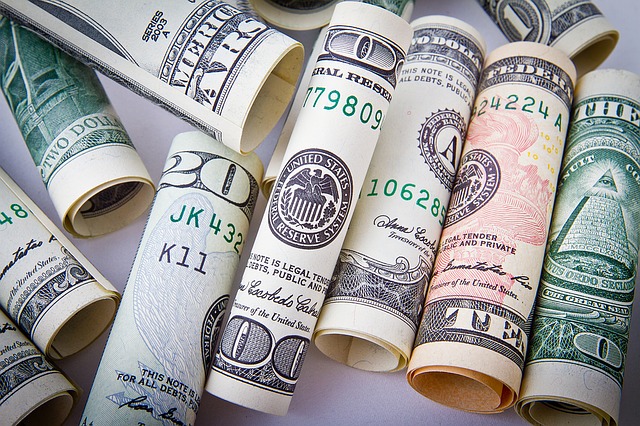New on iOS! Starting today, you can tap to switch between the latest and top Tweets in your timeline. Coming soon to Android.
Cracking Twitter is not hard if you get the Twitter algorithm. Knowing how the Twitter algorithm works can help you beat your competitors and perform better than most Twitter accounts. It’s a game of ranking and if you can rank higher, you have better chances of reaching the masses on Twitter.
Twitter has evolved its algorithm from a simple reverse-chronological feed to adding trends, recommendations, while-you-were-away, etc to make its feed more user-friendly. Some changes have been welcomed by Twitteratis while a lot has been backslashed. Despite what the users think, there has been a constant effort by Twitter to show tweets that genuinely spike their interest.
New Updates in the Twitter Algorithm in 2019:
By the end of 2018, Twitter launched a new feature that allowed its users to switch between the latest tweets and top tweets on their timeline. The feature was introduced to give users a chance to focus on either the reverse-chronological feed or their favorite tweets at a time.
Since then, Twitter has been testing new ways to make their Twitter timelines more customizable and relevant. In another attempt, they are testing to let users swipe their lists from their Twitter timeline. This can be a great way to organize lists and cut through the Twitter noise and explore what each user truly enjoys.
These new updates make the Twitter algorithm more interesting and useful. It’s important to know that despite the new updates, the key metrics that are at the core of the Twitter algorithm stay the same.
Key Metrics Affecting Twitter Algorithm 2019:
According to a detailed report by Twitter on how they display tweets, each tweet shown to a user is factored taking in the following characteristics:
- The Tweet: Tweets are shown at the top of your timeline based on their recency, engagement (retweets, comments), and tweet type (text, image, video).
- Author of the Tweet: Based on your relationship (read, post engagements) with the tweet author and your interaction with them, Twitter decides to show or not show a tweet at the top of your timeline.
- Your Twitter behavior: Lastly, the Twitter algorithm analyzes how you use Twitter, your post engagements, your location, to decide content for your timeline. Your Twitter behavior patterns help the algorithm show the most relevant content on your timeline.
Each factor is scored and each score is used to create a model that determines your Twitter content.
How to Beat the Twitter Algorithm:
It’s evident that the best way to win the Twitter algorithm is to post at the best times.
If your followers are using the “recent tweets” timeline, and you can post a tweet when a majority of your followers are online, then you have a better chance of increasing your engagement.
The easiest way to know what are your best times to tweet can be found on the Circleboom dashboard for free. Log in to the Circleboom dashboard by authenticating your Twitter account and go to “Analytics.” Click on “Best time to tweet” to know your best times to share tweets.
Other than posting at the best times, it’s also important to focus on the content type that’s ranked higher on Twitter like videos, gifs, and images. Content has always been the king and to be shown at the top of Twitter feeds, your content needs to worthy and suitable for your followers as well.





 to switch between the latest and top Tweets in your timeline. Coming soon to Android.
to switch between the latest and top Tweets in your timeline. Coming soon to Android.







